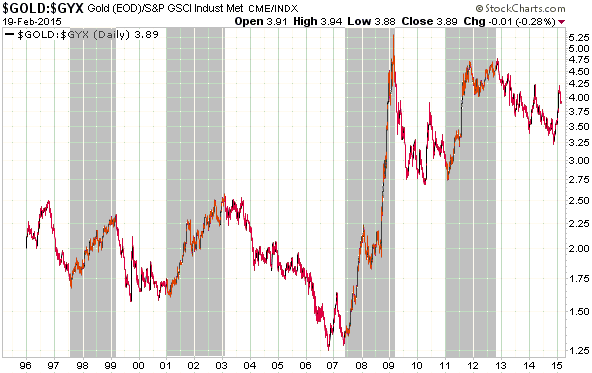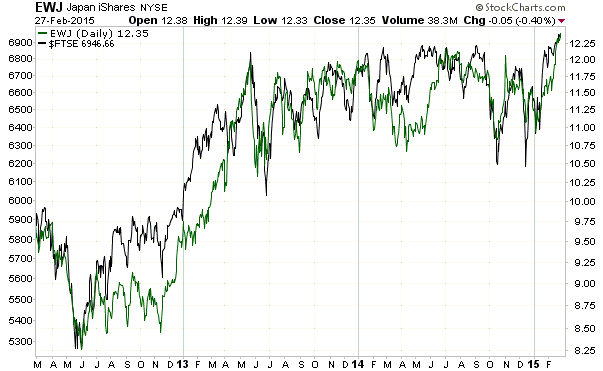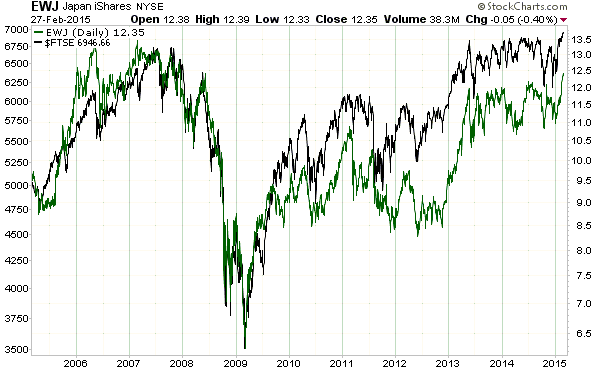Last year I noticed an article by Alasdair Macleod containing an estimate that China (meaning: China’s government) had accumulated 25,000 tonnes of gold between 1983 and 2002. I would say that this estimate was based on rank speculation, but that would be doing an injustice to rank speculation. It is more like total guesswork. It is largely based on assumptions that are either obviously wrong or that have no supporting evidence. I bring this up now because it looks like the 25,000-tonne figure that was plucked out of the air by Mr. Macleod last year is on its way to becoming an accepted fact in some quarters. For example, it forms the basis of a new estimate that China’s government now has 30,000 tonnes of gold.
Here’s the supply/demand table from Mr. Macleod’s article. The top section of the table purports to show the total amount of gold supply that was created during 1983-2002 and the bottom part of the table shows guesses on how this supply was distributed around the world. If the top section contains figures that are either based on false logic or completely lacking in evidentiary support, which is definitely the case, then the figures in the bottom section are irrelevant. That’s because the figures in the bottom section have been chosen so that they add up to the figures in the top section.

The most obvious error is the assumption that because gold was in a secular bearish trend during 1983-2002, there was no net buying of gold within the Western world over this entire period. Instead, it is assumed that not a single ounce of the 42,000 tonnes of gold that was produced by the global mining industry during this period was bought by anyone in Europe or North America. It is also assumed that the “West” reduced its collective gold holdings by 15,000 tonnes during the period.
This takes me back to a point I’ve made many times in the past in relation to similar misguided analyses of the gold market. The point is that the quantity of gold (or anything else, for that matter) transferred from sellers to buyers says nothing about price. The corollary is that price says nothing about how much was transferred.
The fact that the price of gold was making lower-highs and lower-lows during 1983-2002 does not imply that less gold was bought in the “West”. In fact, it’s just as likely that the opposite was the case — that sellers, including gold miners, had to lower their asking prices to account for the reduced eagerness to own gold and sell what they wanted to sell. It’s therefore quite possible that there was no net “Western” divestment of gold and that all of the gold produced during 1983-2002 was sold in the “West”.
I’m not claiming that all of the gold produced by the mining industry during 1983-2002 was sold to Western buyers, but such a claim would be no more ridiculous than Mr. Macleod’s guess that none of the newly mined gold was sold to Western buyers.
I’ll end this discussion by reiterating that even if you have enough information to do the additions accurately (which nobody ever will, by the way), there is no point adding up the amounts of gold being transferred between sellers and buyers in different geographical regions or different parts of the market. At least, there’s no point if explanations of past price movements and clues regarding future price movements are what you want. There could, however, be a point if your aim is to find a justification for being bullish no matter what’s happening in the world.
I should probably do a separate blog post titled “Total guesswork regarding China’s gold strategy”.
 Print This Post
Print This Post




